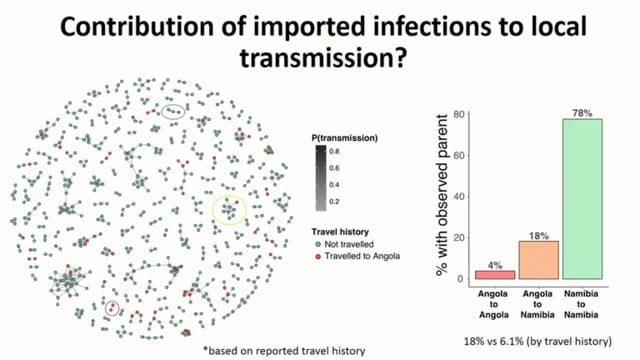Last Updated: 24/10/2014
Epidemiology of border malaria in Namibia
Objectives
The overall objective of this grant is to gather, analyze, and disseminate evidence on malaria elimination and to synthesize new evidence into practical guidance for strategic planning and decision making at global, regional, and country levels.
Some specific objectives are:
- To profile high-risk populations and identify key risk factors associated with being a confirmed malaria case in North-central Namibia,
- To establish whether passively detected cases act as indicators of transmission hotspots, and
- To conduct extensive genotyping of cases throughout northern Namibia to look at relatedness of infections and sources of transmission (ie. Carryover from previous years, local transmission versus imported, etc.).
University of California San Francisco (UCSF), United States
A case control study was carried out in three districts in north central Namibia, with reactive screening and interviews conducted in members of case and control households. Malaria infections clustered around passively detected cases, and the majority of infections were asymptomatic and below the detection limit of current rapid diagnostic tests. Malaria foci were located along the border with Angola and travel patterns among cases were comparatively restricted to northern Namibia and Angola. Young male travellers were found to be an important high-risk group in this border area of Namibia and the study identified a number of environmental and behavioural risk factors.
Case-control study
Aug 2012 — Jul 2015


